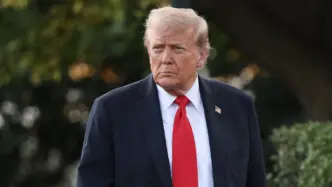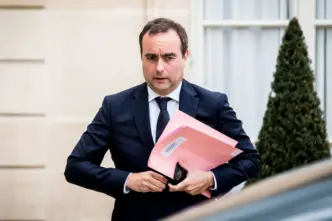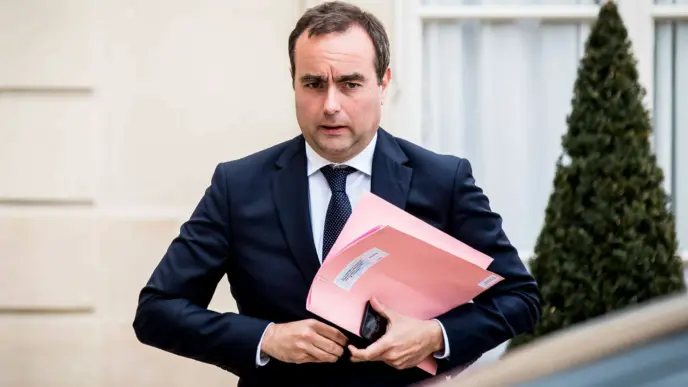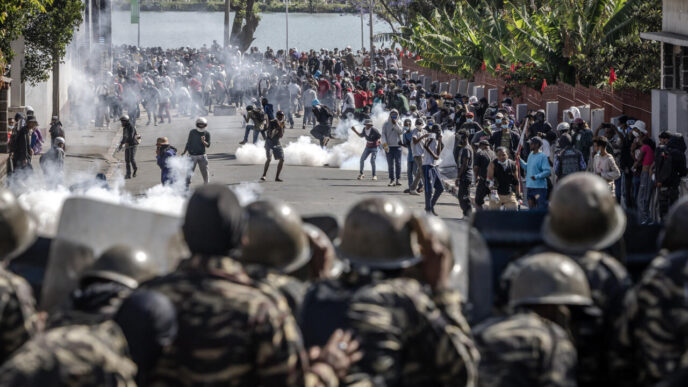The Trump administration has begun implementing large-scale layoffs across the federal workforce as part of a strategy to pressure Democrats during the ongoing government shutdown, which has now entered its tenth day.
White House Office of Management and Budget (OMB) Director Russell Vought announced on X that “The RIFs have begun,” referring to “reductions in force.” His office later confirmed the layoffs were “substantial,” with seven federal agencies set to cut more than 4,000 employees. The move marks an escalation in President Donald Trump’s effort to downsize the federal government — a goal he has long pursued.
Under federal law, agencies are required to give employees at least 30 days’ notice before layoffs. Following Vought’s announcement, major departments such as Treasury and Health and Human Services (HHS) confirmed they had started issuing notices. The Department of Homeland Security, where many workers are deemed essential, also confirmed job cuts at its Cybersecurity and Infrastructure Security Agency.
Unions swiftly pushed back. The American Federation of Government Employees (AFGE) and AFL-CIO, which had earlier challenged the legality of the layoffs, filed an emergency motion in a Northern California court seeking a temporary restraining order to halt the dismissals. “It is disgraceful that the Trump administration has used the government shutdown as an excuse to illegally fire thousands of workers who provide critical services to communities across the country,” said AFGE President Everett Kelley.
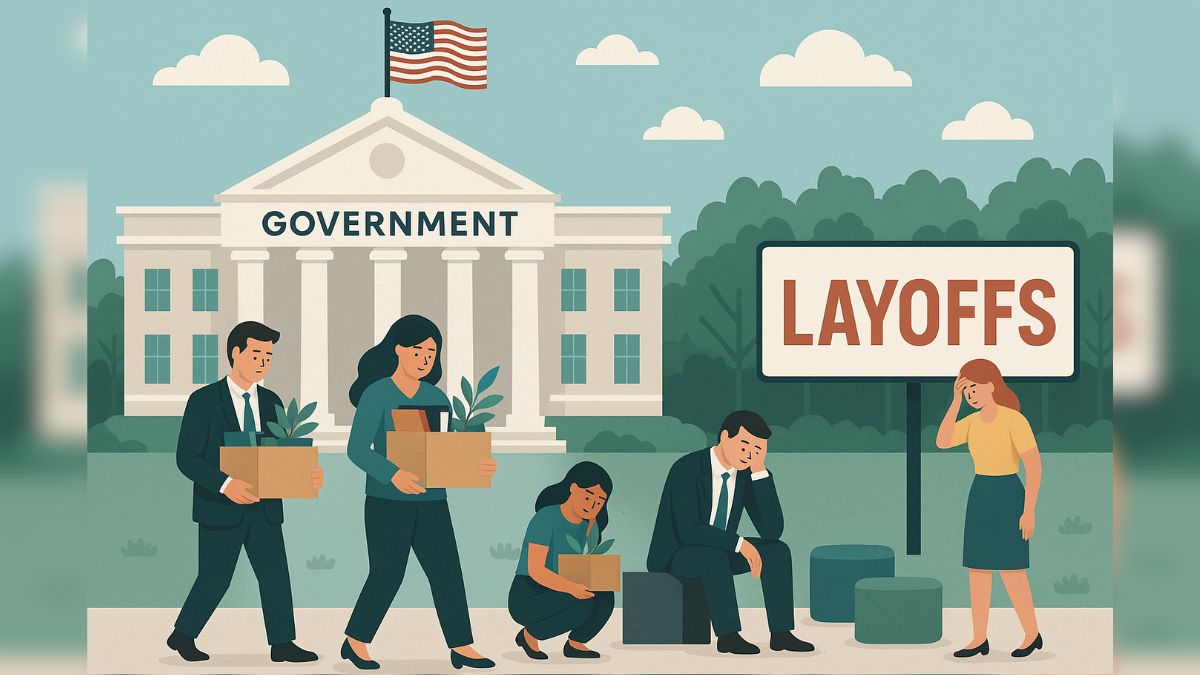
In its legal filing, the Justice Department disclosed that roughly 4,600 federal employees were expected to receive notices starting Friday. “The President, through OMB, has determined that agencies should operate more efficiently and has directed them to consider steps to optimise their workforces in light of the ongoing lapse in appropriations,” government lawyers stated.
According to court documents, over a quarter of the job cuts would occur at the Treasury Department, which plans to notify around 1,446 employees. HHS will inform between 1,100 and 1,200 staff, while the Departments of Education and Housing and Urban Development will each cut at least 400 employees. The Departments of Commerce, Energy, and Homeland Security will reduce their workforces by between 176 and 315 employees each. The Environmental Protection Agency has also issued “intent to RIF” notices to 20 to 30 staff, signalling possible future layoffs.
Government lawyers argued that the unions had failed to show their members would suffer “irreparable harm,” which is necessary to obtain a restraining order. They also warned that halting the layoffs would “irreparably harm the government,” asserting that agencies must retain the freedom to “determine how best to organise their workforces.”
The layoffs are unprecedented in the history of U.S. shutdowns. Typically, federal workers are either furloughed without pay or required to continue working without immediate compensation, but they are paid retroactively once the government reopens. Trump’s administration has hinted, however, that back pay may not be guaranteed this time.
Republican Senator John Thune defended the decision, saying, “They held off for 10 days. At some point they were going to have to make some of these decisions and prioritise where they’re going to spend money when the government is shut down.”
Democrats, however, condemned the move. Senate Minority Leader Chuck Schumer accused Trump and Vought of creating “deliberate chaos.” Democrats have refused to support a Republican spending proposal that would reopen the government, demanding protection of tax credits that lower health insurance costs and the reversal of Trump’s cuts to Medicaid. Republicans have countered by blaming Democrats for prolonging the shutdown and its ripple effects.
The shutdown currently affects around 40% of the federal workforce — approximately 750,000 employees — with many facing unpaid leave.
The workforce reduction fits into a broader agenda spearheaded by Vought to dramatically shrink federal employment. Since Trump’s return to office in January, the administration has already eliminated thousands of positions through firings, buyouts, and resignations. The Partnership for Public Service estimates that about 200,000 federal jobs had already been cut as of late September.
Career services firm Challenger, Gray & Christmas recently reported nearly 300,000 planned government job cuts this year, with 289,000 affecting federal employees through the Department of Government Efficiency (Doge), an initiative originally led by billionaire Elon Musk.
Before the shutdown, Vought had instructed agencies to prepare workforce reduction plans targeting positions or programmes “not consistent with the President’s priorities.” Trump later wrote on Truth Social that he had met with Vought “to determine which of the many Democrat Agencies, most of which are a political SCAM, he recommends to be cut, and whether or not those cuts will be temporary or permanent.”
At 600 words, this summary captures the essence of the Trump administration’s unprecedented layoffs, the legal and political backlash, and the broader implications for the federal workforce during the ongoing shutdown.


 Trending
Trending 
